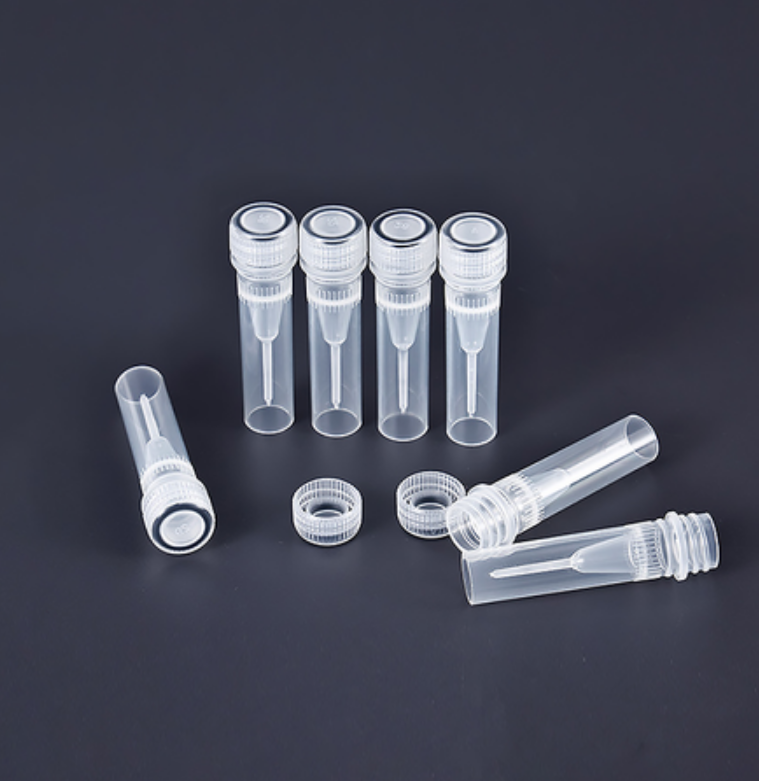The Manufacturing Process of Medical Moulded Products

The manufacturing process of medical moulded products involves several stages to ensure precision, safety, and compliance with medical standards. One of the most common methods for producing these products is injection moulding. This technique involves heating raw material, usually medical-grade plastics, until it becomes molten, and then injecting it into a pre-designed mold under high pressure.
Once the material cools and solidifies, the mould is removed, leaving a precisely shaped medical product. This process allows for high-volume production, which is particularly beneficial for items that require uniformity, such as syringes or surgical trays. Additionally, injection moulding allows for intricate designs and features to be integrated into the product, ensuring they meet specific medical needs.
Quality control is a vital aspect of the manufacturing process. Throughout production, strict guidelines are followed to ensure that each item meets the required standards for medical use. This includes checking for defects, ensuring material consistency, and performing sterilization tests if necessary.
The materials used in medical moulding are specifically chosen for their biocompatibility, strength, and durability. For example, polymers such as polypropylene, polyethylene, and polycarbonate are commonly used for making medical products due to their resistance to chemicals and ability to withstand autoclaving.
The manufacturing of medical moulded products is not only about ensuring precision in design but also maintaining the safety and functionality of the product in a medical environment.
- Art
- Causes
- Crafts
- Crypto
- Dance
- Drinks
- Defi
- Film
- Fitness
- Food
- Games
- Gardening
- Health
- Home
- Literature
- Music
- Networking
- Other
- Party
- Religion
- Shopping
- Sports
- Theater
- Wellness

